I’ve written a lot about PPC advertising before. And, I stand by its ability to quickly generate leads, produce palpable conversion rates and grow your business.
Still, many businesses commit rather generic mistakes that prevent them from earning a good ROI from their pay per click spend. Once you see your search marketing strategy funds getting flushed down the drain, you panic and opt out of making any further investment.
But, it isn’t that hard to generate a quality score and great ROI from your PPC campaigns, because while targeting keywords and drawing up specific ad groups, you can intimately understand the searcher’s intent.
Some businesses spend thousands of dollars every month on PPC campaigns (having already spent millions on AdWords). Still, they don’t touch their potential market share – mainly due to simple and easily preventable mistakes. I’ll share a case study that illustrates this later in the post.
I want to help you fix any such generic mistakes that are preventing you from unlocking the true potential from your PPC campaigns.
So, in this article, let’s explore 5 common reasons why PPC campaigns may fail to produce click through rates or a quality score. After reading the post, you’ll be able to plan your pay per click marketing budget spend with more confidence.
Ready?
Here goes reason #1.
1. You’ve got all fancy with keywords
I am a big believer in the Pareto principle. It says that 80% of your output is determined by 20% of your input.
This 80/20 rule applies to all of the major types of marketing and it surely applies to PPC campaigns.
This means that a small minority of your keywords will lead to the majority of your sales.
The search terms that don’t lead to effective conversion rates and lead to revenue only end up eating your pay per click marketing budget.
And, I’ve data to back up my claim…
In their audit of 2000+ AdWords accounts, Disruptive Advertising found that 12% of keywords accounted for all of the sales.
But, it gets uglier:
The other 88%, the non-performing keywords, end up eating 61% of your budget.
That means that if you have an average AdWords account, you can expect a lot of keywords draining your budget and lowering your quality score.
Why does such a mistake happen?
Well, a major reason is that many businesses get greedy and bid beyond their best keywords (that they already know). They hope to extend their business and their conversion rates, by bidding on a few extra keywords.
Sure, you might get a few clicks with certain keywords banging on target. But, you’ll also show up for irrelevant keywords and get unqualified clicks and a less than quality score, thereby wasting your dollars .
The solution, obviously, is to eliminate worthless PPC ad spend.
Here’s how:
#1 – Stop bidding on broad match keywords
Broad match keywords are the default choice, but don’t produce the best click through rates to your site. I wouldn’t even recommend bidding on phrase match keywords, to be on the safer side.
Here’s a nice breakdown, from Google, of the different types of keywords.
Exact match keywords get the highest conversions for search ads (although they have limited search engine volume).
#2 – Eliminate keywords that bankrupt your search marketing strategy
Log in to your AdWords account.
Then, navigate to the Keywords tab (while viewing “All Campaigns”).
Go to Details >> Search Terms >> All.
Now, export the keyword data to an Excel sheet.
Then, filter the results to look for the keywords that have produced zero conversions (in the last 3-6 months). You can also calculate your total wasteful spend on these keywords until now.
Create a filter to find the quality score keywords that give conversion below a certain threshold. For example, the filter can be – Conversions < .5
Next, you can remove these low-value keywords from your PPC account.
Note: Even though your brand keywords might be getting zero conversions, you should continue bidding on them. They help in lifting your quality score and earn more real estate in search engine results in front of the prospects that already know about you.
Understand that you’ll cut click through rates, search ad leads and lose traffic in this procedure.
But, don’t freak out!
It’s irrelevant traffic that wasn’t converting. And your search marketing strategy will be more effective for it.
You’re better off doubling down your budget on the UNICORNS that are converting well for you (as you’ll see in the next step).
To give you an estimate, here’s the 90-day account data from one Jacob Baadsgaard client at Disruptive Advertising.
The total spend is about $352,000 in the last 3 months.
And, they converted almost 1 lead for every 500 impressions. At 8.4 million impressions, it’s safe to assume that they got an ample amount of leads.
But, the problem was they closed only 1% of their leads. This means that their cost per sale was running as high as $2000.
They looked closely for signs of irrelevant keywords.
And, they found one anomaly:
The conversions for mobile devices was beating desktops.
After exporting the keyword data and filtering it by conversions (as I showed you above), Jacob’s team found that the client had spent $147,000 on keywords that didn’t bring a single lead. Simply eliminating these search terms would have brought down the cost per lead by 42%.
The lesson is to bid on a limited number of keywords. They will also be easier to manage.
#3 Double your spend on high-value keywords
Your top keywords need to get the love that they deserve.
In the analysis of another client’s PPC account that was spending $50k/month, Disruptive Advertising found that 98.9% of their focus keywords had a conversion below 1%.
The client wanted to increase their market share.
So, after finding that 14% of the client’s PPC ad spend is producing 62% of their conversions…
They redirected the wasted PPC ad spend towards the UNICORNS. The increased budget gave these keywords the opportunity to shine.
By the end of the month, the client’s sales rose 52%. In 6 months, sales tripled. And, they were also spending 25% less.
2. Your ad copy stinks and doesn’t maintain scent with your landing pages
In the era of limited attention spans, you get a few seconds to persuade a prospect to click on your search ad. Unless you demonstrate clear value in your offer, your PPC ad is going to get lost.
Your compelling USP should be incorporated in those 25 characters – the headline.
Further, research the searcher’s intent that’s behind the search query. You need to present the most useful and benefit-oriented solution.
If a user enters the search query, “help get rid of acne,” then I doubt if the first search ad below titled “Dealing with Acne?” would appeal to him. Why else would the user hunt for the search query in the first place?
Do not oversell the benefits of your product, just to get more clicks.
If you promise a ‘free invoice software’ in your ad and then…
…don’t shove a $59 product with a free 30-day trial to the user, you’ll irritate them.
It’s a typical example of not keeping the promise that you made in your call to action.
Such nasty surprises will only hurt your brand’s reputation and waste your pay per click marketing budget, in the long run.
For more strategies, refer my article 12 Ad Copy Strategies That’ll Double Your CTR and Increase Your ROI.
Once you’ve fixed your search ad copy, I want you to consider analyzing another major factor that contributes to the failure of 98% of paid ads:
Message Match.
Understand that 55% of your visitors won’t stay on a particular page for more than 15 seconds.
If you’re bidding for a keyword with commercial intent, in order to drive traffic to landing pages, then the user has clear expectations.
So, guess what happens when one of your landing pages sends a visitor from an ad about “Bluetooth earbuds” to a product listing of “Denon AH-W150 Exercise Freak”?
In all probability, he’ll abandon your website immediately…without looking further, even if you’ve got what he’s looking to buy.
Here’s an illustration to help you differentiate between a good and bad landing pages.
Don’t break the conversation. It’s equally important that you don’t send your pay per click visitors to your homepage, where the solution to their problem is buried in 40 other distracting elements.
Match the headline with your ad exactly – so that the visitor remembers what they came for on your website and stays put. This is one of the most crucial parts of your search marketing strategy.
The only way to maintain scent is by tightly using relevant keywords, ad copy and landing pages to target ONE intent within an ad group.
Even though Google recommends setting up “10-20 keywords” in an ad group, don’t do more than 5 similar keywords. This will ensure that your ads aren’t triggered for wrong intent and therefore remain relevant.
Ideally, you want to do the work and create single keyword ad groups for a tighter organization. Once you’ve organized your search marketing strategy within targeted ad groups, next focus the relevance on ad copy and your landing pages to deliver an overall superlative customer experience for your target audience and to achieve a higher quality score.
Disruptive Advertising has found as much as a 50% conversion lift for their clients, just by ensuring proper message match.
3. It isn’t about collecting leads…it’s about profitability
Here’s a Facebook ad that Jacob used to promote one of his blog posts.
He saw a lot of traffic roll onto to his blog, but…
Conversions didn’t quite meet his expectations.
So, he dug deeper, to find the characteristics of the target audience that was clicking the search ad.
Holy Moly!
He discovered that a certain demographic was showing special interest in the ad: 55+-year-old women.
It’s clear that such traffic won’t be interested in the online marketing services of an agency.
And, that’s why low-quality clicks aren’t any good.
How can you fix the issue?
Instead of generating more leads, think about conversions.
Even after optimizing your cost per lead (CPL), you’re not guaranteed to see a profitable PPC campaign.
The solution is simple:
Measure how your PPC campaigns affect your bottom line.
Here’s how a comparison between five different campaigns might look, if you focus on the cost per conversion.
Eww..Campaign 4.
But, when you decide to shift to an ROI-focused approach, Campaign 4 turns out to be the winner.
See how traffic, and even conversion numbers, can fool you?
To get a sense of your ROI, start by tracking your phone calls, especially for your lead generation campaigns. It will give you a clearer picture of the channels and campaigns that serve you the highest-quality prospects.
4. Your tiny budget limited the viewability of your ads
If you’re new to pay per click marketing, then you don’t have data about your conversion rates. So, you might find it challenging to wind through a new territory. So, you set a low budget, to see how things go.
The result?
Your ads stop showing by midnight and you won’t have received a positive ROI by then.
The solution:
Instead of cost cutting, my suggestion is to face your internal fears and increase your initial bids to allow for testing of your search marketing strategy.
See, without testing – you won’t know your best keywords, ad copy and landing pages, and you won’t understand the true value of your conversion or click through rates, as a result.
So, to check viability, don’t bid low and keep increasing your budget gradually. You’re going to end up losing more money.
Instead, bid high, maintain a quality score, appear in a higher ad position and get more clicks on your ads. Once you know your most viable search ads, then shift to the ROI-focused route.
Alternatively, if you simply can’t afford a higher budget, then you can consider the strategies in this article by WhiteSharkMedia.
5. You haven’t devoted sufficient time to manage your campaigns and optimize your ad account
Accept the reality.
If you’re like the average small business owner, you simply aren’t ready to put in the reps.
Larry Kim found that, in 2013, 53% of small business advertisers did ad optimization only once per quarter.
Pay per click marketing isn’t a “set and forget it” type of marketing channel. Actually, no marketing channel runs like that.
You’ve got to spend least 15 minutes, every week, to optimize your PPC account. Inactivity will decrease your quality score and impression share.
You’ll find numerous strategies and case studies already floating on the internet. Implementing even a few of them will put you ahead of 50% of the competition.
Once you get active, you’ll start reducing money waste and redirecting those funds to higher profitability.
For example, in the above study, 43% of small business advertisers didn’t add a single negative keyword in 30 days. Look at the projected yearly pay per click marketing waste, spent simply by not adding negative keywords.
Conclusion
All of the 5 strategies that I shared in this article are intuitive. And, I’ve shown you how impactful they can be on your bottom line with data and case studies.
I encourage you to log in to your PPC account and uncover if you’re facing any of these issues. Then, fix them.
Are there any other common reasons why PPC campaigns fail? I would love to hear your thoughts in the comments below.

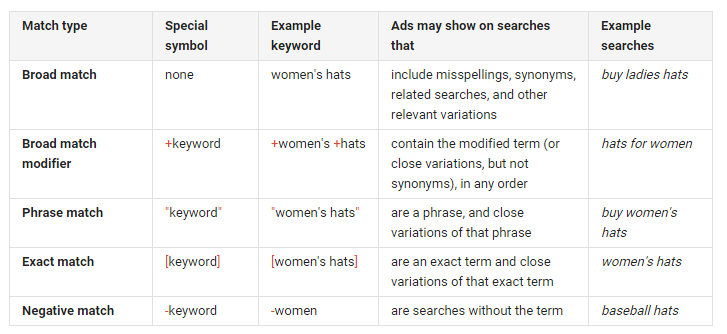
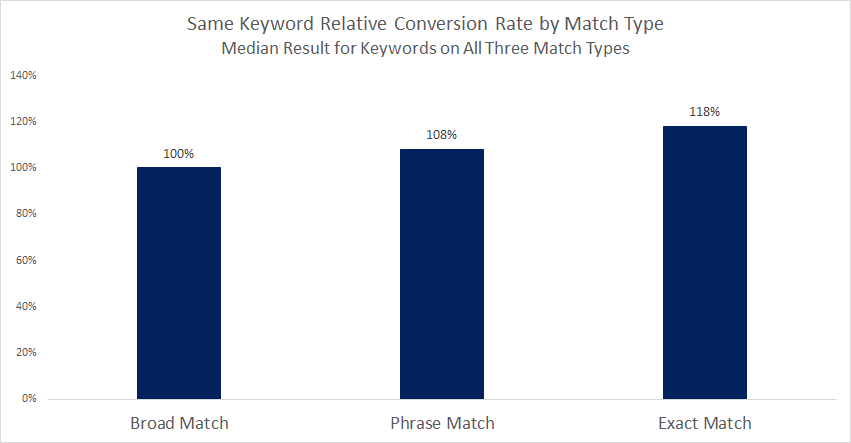

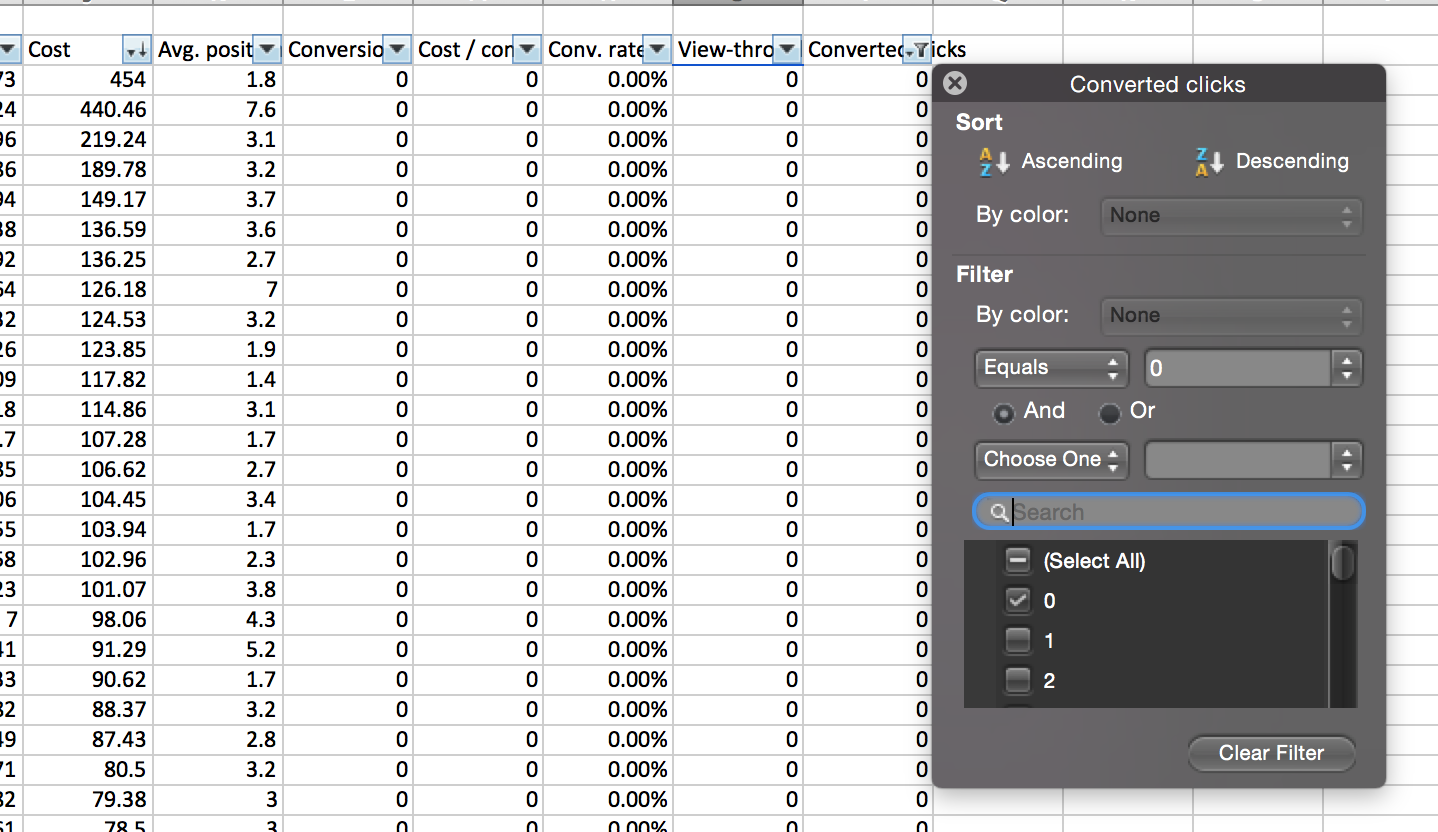


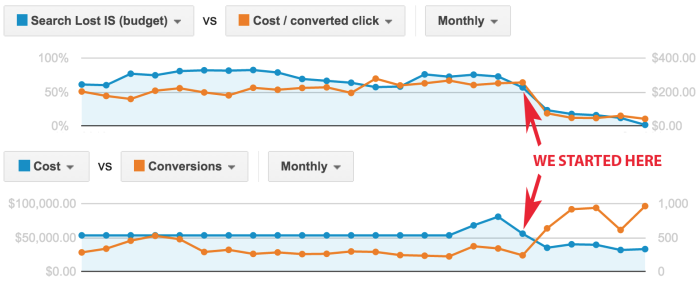
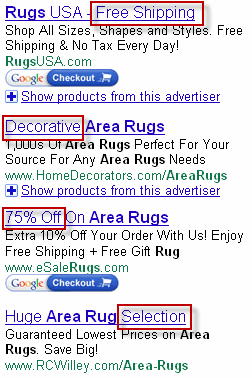
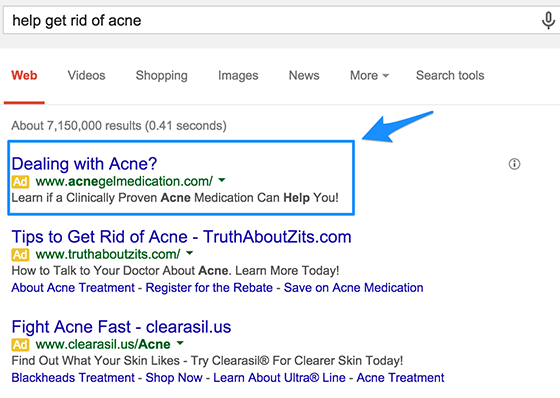
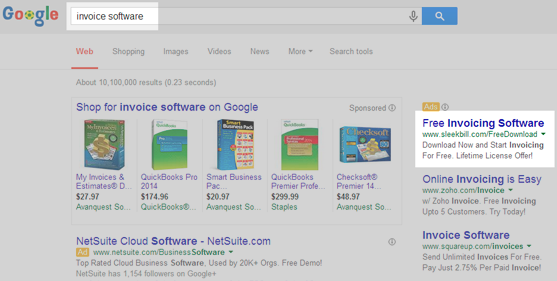
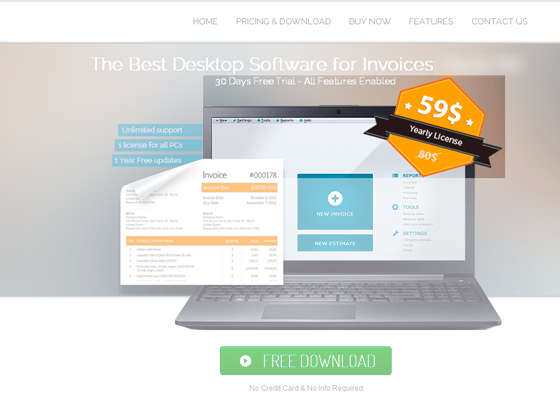
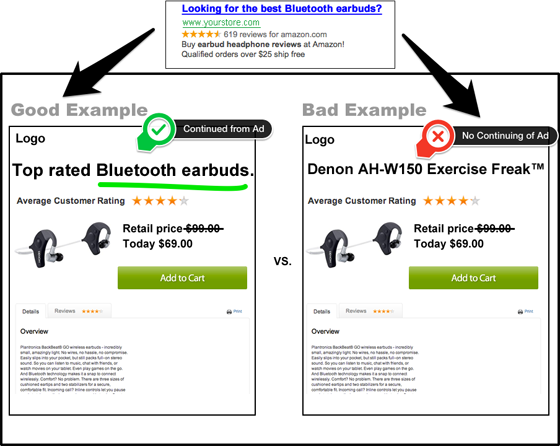
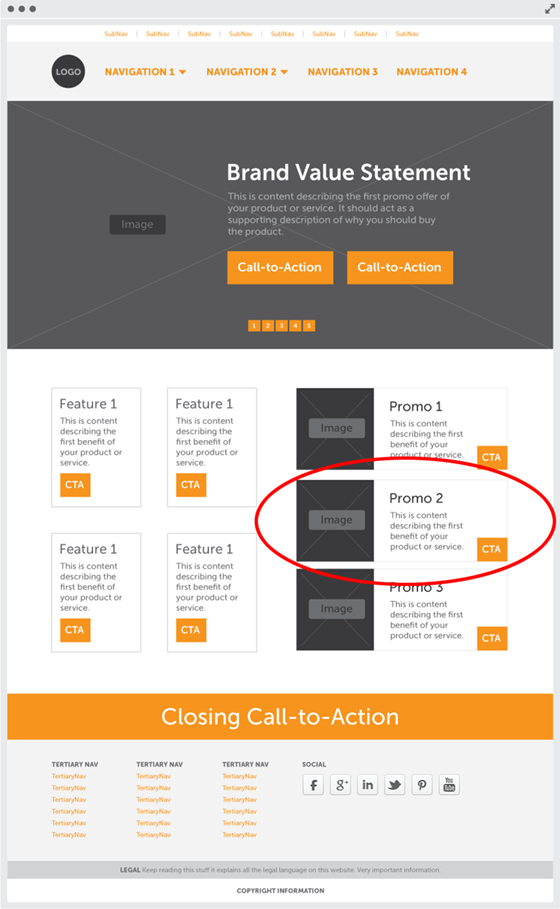
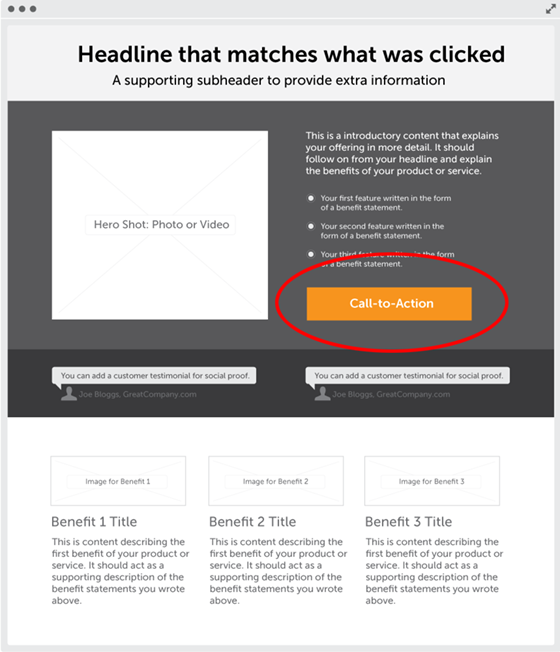

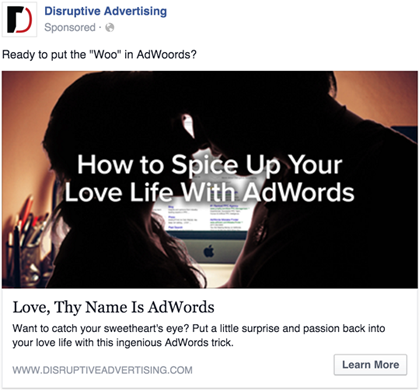



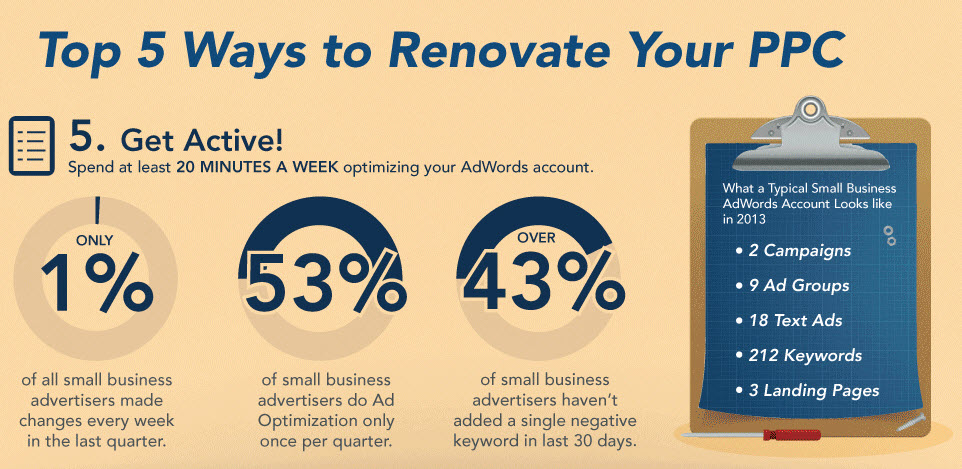
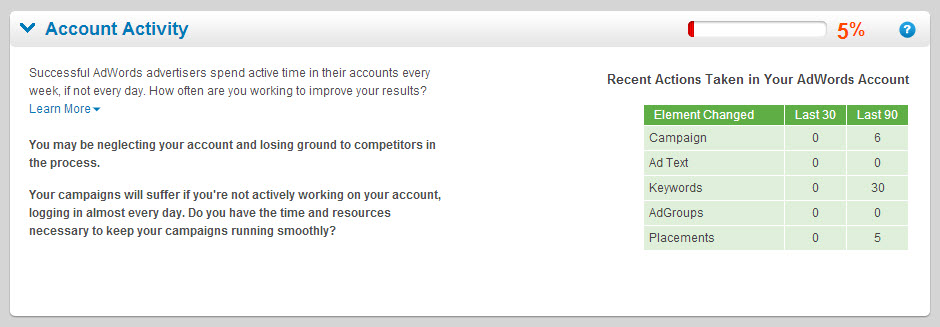
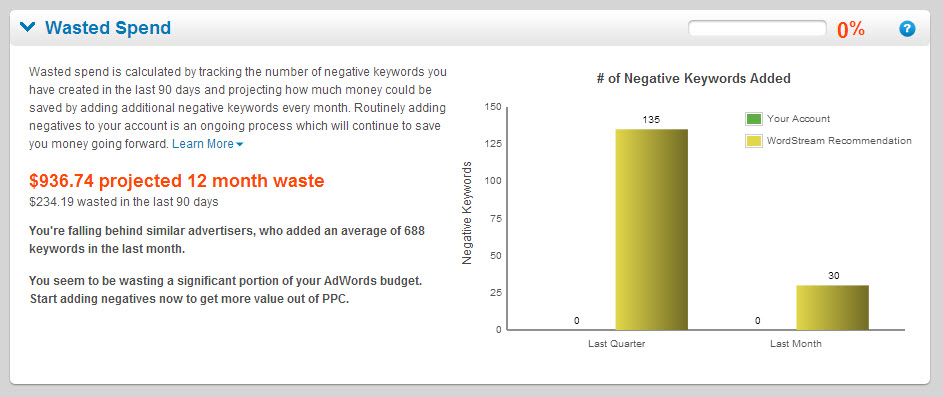
Comments (20)